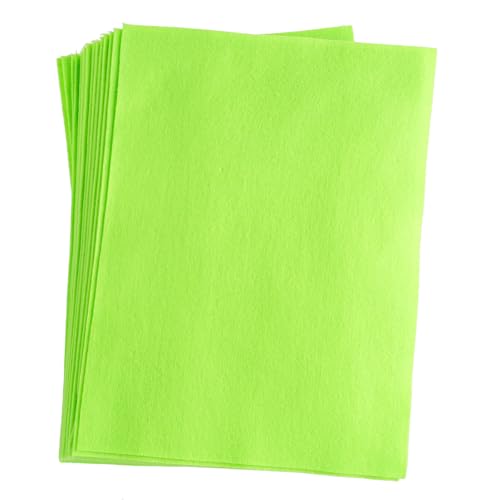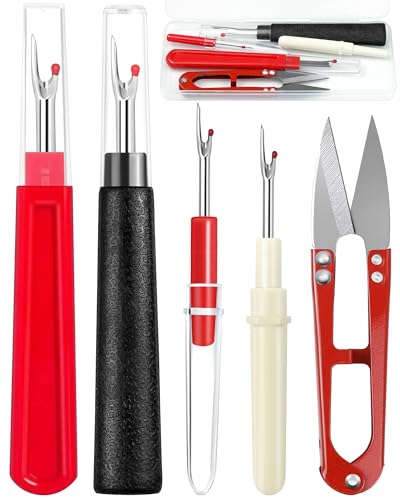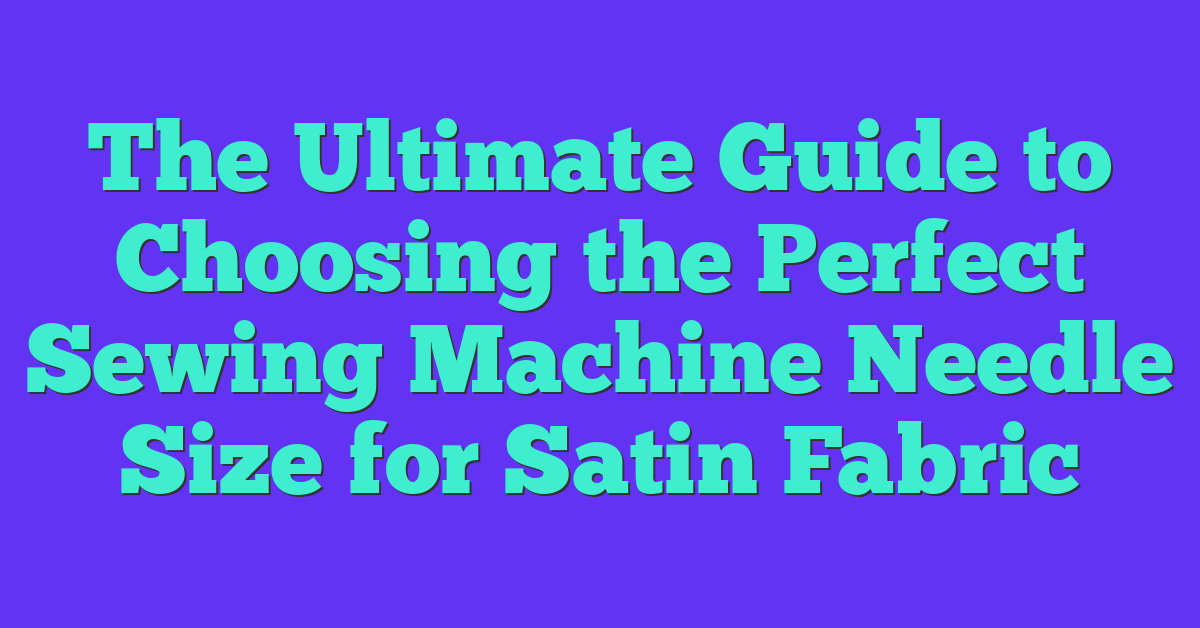Are you a sewing enthusiast? If so, you may have heard about sergers and wondered if your sewing machine can do the same thing. In this article, we’ll explore the question: do sewing machines have sergers? We’ll delve into the differences between sewing machines and sergers, and whether or not your sewing machine can perform serging functions. So, if you’re curious about expanding your sewing capabilities, keep reading to find out more!
If you’re new to the world of sewing, you might be wondering what exactly a serger is and how it differs from a regular sewing machine. Sergers, also known as overlock machines, are specialized machines that create finished edges and seams on fabric. They are known for their ability to trim, sew, and finish fabric edges all in one step. On the other hand, sewing machines are versatile tools that can perform a wide range of stitching techniques, but they may not have the same capabilities as sergers. So, let’s explore whether your sewing machine can do the work of a serger.
What is a Serger?
If you’re passionate about sewing, embroidery, knitting, or crafts in general, you’ve probably heard of a serger. But what exactly is a serger and how does it differ from a sewing machine? Let’s dive into this fascinating topic!
A serger, also known as an overlock machine, is a specialized tool that takes sewing to the next level. While a sewing machine can perform a wide range of stitches and techniques, a serger is specifically designed to create finished edges and seams on fabric. It’s like having a professional finish on your garments and projects.
One of the key features that sets a serger apart from a sewing machine is its ability to trim fabric as it sews. The serger uses multiple threads, typically 3 or 4, to create a strong and secure stitch while cutting off the excess fabric. This creates a neat and tidy edge that prevents fraying and adds a professional touch to your work.
But that’s not all! Sergers also offer additional features like rolled hems, flatlocking, and gathering. With a serger, you can achieve a clean and polished look on your seams, finish edges with a decorative touch, or even create ruffles or pleats effortlessly.
It’s important to note that a serger complements a sewing machine rather than replacing it. While a serger is perfect for finishing edges and creating professional-looking seams, a sewing machine provides versatility for various stitching techniques, such as buttonholes, zippers, and decorative stitches.
So, whether you’re a seasoned seamstress or a beginner looking to improve your sewing skills, adding a serger to your arsenal of tools can elevate your projects to a whole new level of craftsmanship. With its ability to create finished edges, secure seams, and add decorative touches, a serger is a valuable addition to any sewing enthusiast’s toolkit.
Now that you know what a serger is and how it differs from a sewing machine, let’s explore whether sewing machines can perform the same functions as sergers.
The Purpose of a Serger
When it comes to sewing, you may have heard of a serger, but what exactly is its purpose? A serger is a specialized machine that creates finished edges and seams on fabric. It is a fantastic tool that adds a professional touch to your sewing projects. Let’s dive deeper into the purpose and benefits of using a serger.
Strong and Neat Finishes
One of the main advantages of using a serger is its ability to create strong and neat finishes. Unlike a regular sewing machine, which typically uses a straight stitch, a serger uses multiple threads to create tight and secure stitches. This results in durable seams that are less likely to fray or unravel over time. Whether you’re making garments, home decor items, or accessories, a serger can give your projects a polished and professional look.
Versatility in Stitching Techniques
While a sewing machine is incredibly versatile, a serger offers even more options when it comes to stitching techniques. With a serger, you can create various types of stitches, including the popular rolled hem, which gives a beautiful and delicate finish to lightweight fabrics. Additionally, a serger can perform flatlocking, which is ideal for creating decorative edges or seams on stretch fabrics. And if you love gathering fabric for ruffles or sleeve cuffs, a serger can do that too! It’s amazing how many different techniques you can explore with a serger.
Time-Saving Features
Besides enhancing the look and durability of your projects, a serger can also save you time. With its ability to trim and finish fabric edges in one step, a serger eliminates the need for additional steps like cutting with scissors or using a zigzag stitch on a sewing machine. This is especially useful when working on large or complex projects, as it can significantly speed up your workflow. You’ll be able to finish your sewing projects in no time, allowing you to move on to your next creative endeavor.
A serger serves a specific purpose in the sewing world. It creates strong and neat finishes, offers versatility in stitching techniques, and saves you time. While a sewing machine is a versatile tool on its own, adding a serger to your collection will take your sewing projects to a whole new level of professionalism. So, whether you’re a beginner or an experienced sewist, consider investing in a serger to elevate your craftsmanship and unlock endless creative possibilities.

Can Sewing Machines Have Sergers?
If you enjoy sewing, you’re probably familiar with the different types of machines available to you. Sewing machines are a staple in any crafter’s arsenal, but have you ever wondered if they can have sergers too? Let’s dive into the world of sewing machines and sergers to find out!
Understanding Sewing Machines
Sewing machines are incredibly versatile tools that can handle a wide variety of stitching techniques. From basic straight stitching to intricate designs, sewing machines can do it all. They come with different stitch settings, allowing you to adjust the length and width of your stitches according to your project’s needs. Whether you’re sewing clothes, quilts, or home decor items, a sewing machine is an essential tool for any seamstress.
Introducing Sergers
On the other hand, sergers are specialized machines designed for creating strong and professional-looking finishes on fabric edges. They use multiple threads to stitch, trim, and finish the fabric edges all at once, resulting in neat and clean seams. Sergers are particularly useful for sewing stretchy fabrics like knits, as they prevent fraying and provide added stretch and durability to your projects.
Can Sewing Machines Have Sergers?
While sewing machines and sergers serve different purposes, some sewing machines do offer serger-like functions. These machines are known as combo machines or sewing machines with an overlock stitch function. With these machines, you can achieve similar results to a dedicated serger without the need for an additional machine. It’s important to note that not all sewing machines have this capability, so if you’re interested in having a serger-like function, be sure to check the features of the machine you’re considering.
Sewing machines and sergers are both valuable tools for any sewing enthusiast. While not all sewing machines have serger capabilities, there are combo machines available that can offer you the best of both worlds. Whether you choose a sewing machine with an overlock stitch function or invest in a dedicated serger, having the ability to create professional finishes and clean seams will elevate your sewing projects to a whole new level.
Different Types of Sewing Machines
« Discover the Game-Changing Secret: Is Your Sewing Machine Hiding a Serger Function?
Discover the Surprising Truth: The Shocking Differences Between Quilting Thread and Sewing Thread »
When it comes to sewing machines, there are different types available in the market. Each type has its own unique features and capabilities. Here are some of the most common types of sewing machines:
- Mechanical Sewing Machines: These are the basic models that have been around for a long time. They are operated by a foot pedal and have manual dials and knobs to adjust the stitch length, width, and tension. Mechanical sewing machines are great for beginners or those who prefer a simple and traditional sewing experience.
- Computerized Sewing Machines: These advanced machines offer a wide range of features and options. They come with a built-in LCD screen that allows you to select and customize various stitches and patterns. Computerized sewing machines also have automatic thread cutters, needle positioners, and programmable stitch sequences. They are perfect for those who enjoy working with intricate designs and want more control over their sewing projects.
- Embroidery Machines: If you love adding decorative designs and patterns to your sewing projects, an embroidery machine is a must-have. These machines are specifically designed for embroidery and can create intricate designs using different threads and colors. Some embroidery machines also come with built-in designs and software that allow you to create your own unique patterns.
- Serger Sewing Machines: A serger, also known as an overlock machine, is a specialized machine that creates strong and neat finishes on fabric. While some sewing machines have serger-like functions, investing in a dedicated serger can take your sewing projects to the next level. Sergers are perfect for creating professional finishes, adding decorative edges, and sewing stretchy fabrics.
- Quilting Machines: Quilting machines are designed specifically for quilting and come with features that make the quilting process easier and more efficient. These machines have a larger working area and come with an extended table for quilting larger projects. Quilting machines also have adjustable walking feet and specialty stitches for quilting designs.
Remember, the type of sewing machine you choose depends on your specific needs and the kind of projects you plan to work on. Whether you choose a mechanical sewing machine for simplicity or a computerized machine with advanced features, having the right sewing machine can enhance your sewing experience and open up a world of creative possibilities.
Sewing Machines with Built-in Sergers
If you’re wondering if sewing machines have sergers, you’ll be delighted to know that some sewing machines come with built-in serger functions. These combo machines offer you the best of both worlds – the versatility of a sewing machine and the finishing power of a serger, all in one compact unit. Let’s explore the benefits of these machines and why they might be the perfect addition to your sewing collection.
1. Versatility and Convenience
Sewing machines with built-in sergers offer you the convenience of having multiple functions in a single machine. With just a flip of a switch or the push of a button, you can switch between basic sewing stitches and professional finishing techniques. This saves you both time and space, as you won’t need to invest in a separate serger machine.
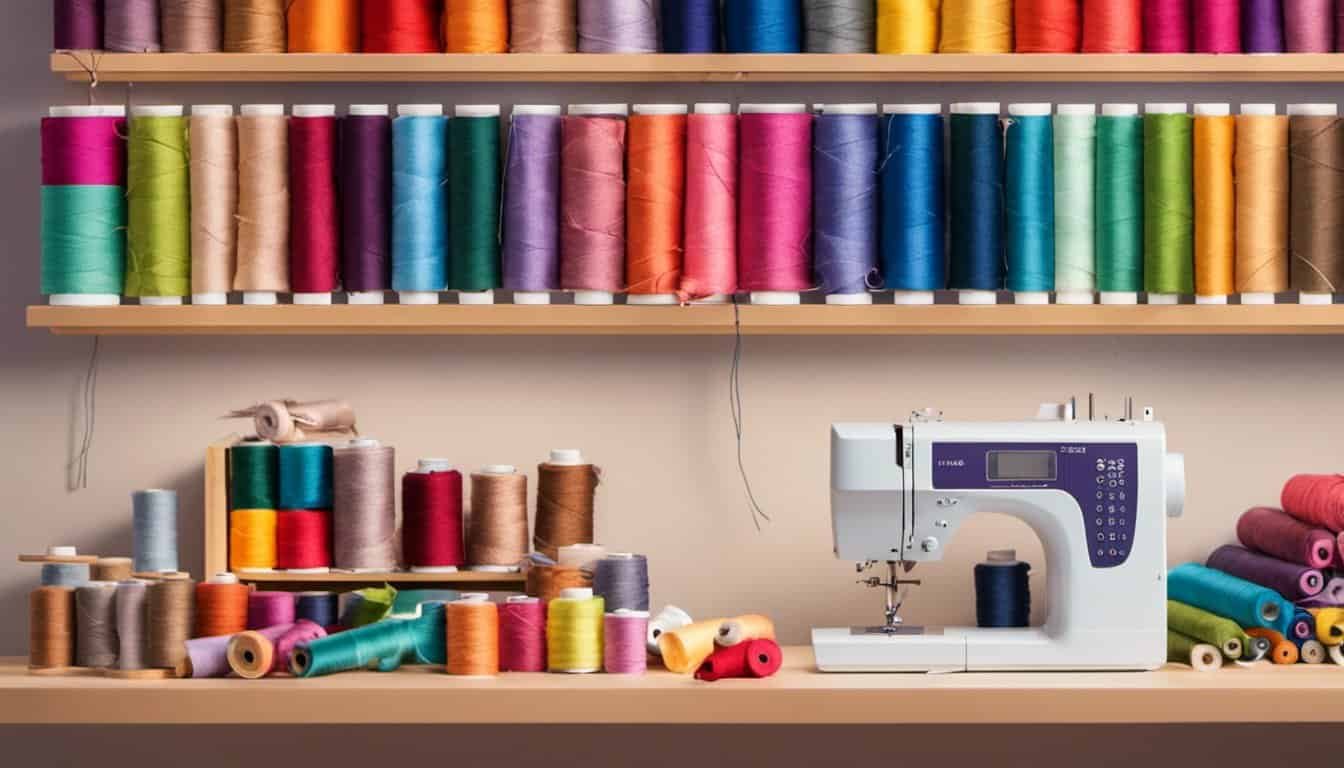
2. Cost-effective Solution
Investing in a sewing machine with built-in serger capabilities can be a cost-effective solution, especially if you’re just starting out or have limited space in your sewing area. Dedicated serger machines can be quite expensive, so opting for a combo machine can help you achieve professional finishes without breaking the bank.
3. Easy to Use
One major advantage of sewing machines with built-in sergers is that they are typically designed to be user-friendly. They often come with clear instructions, intuitive controls, and preset stitch options, making it easy even for beginners to create neat and professional finishes on their projects. Some machines even offer automatic threading features, saving you time and frustration.
4. Creative Possibilities
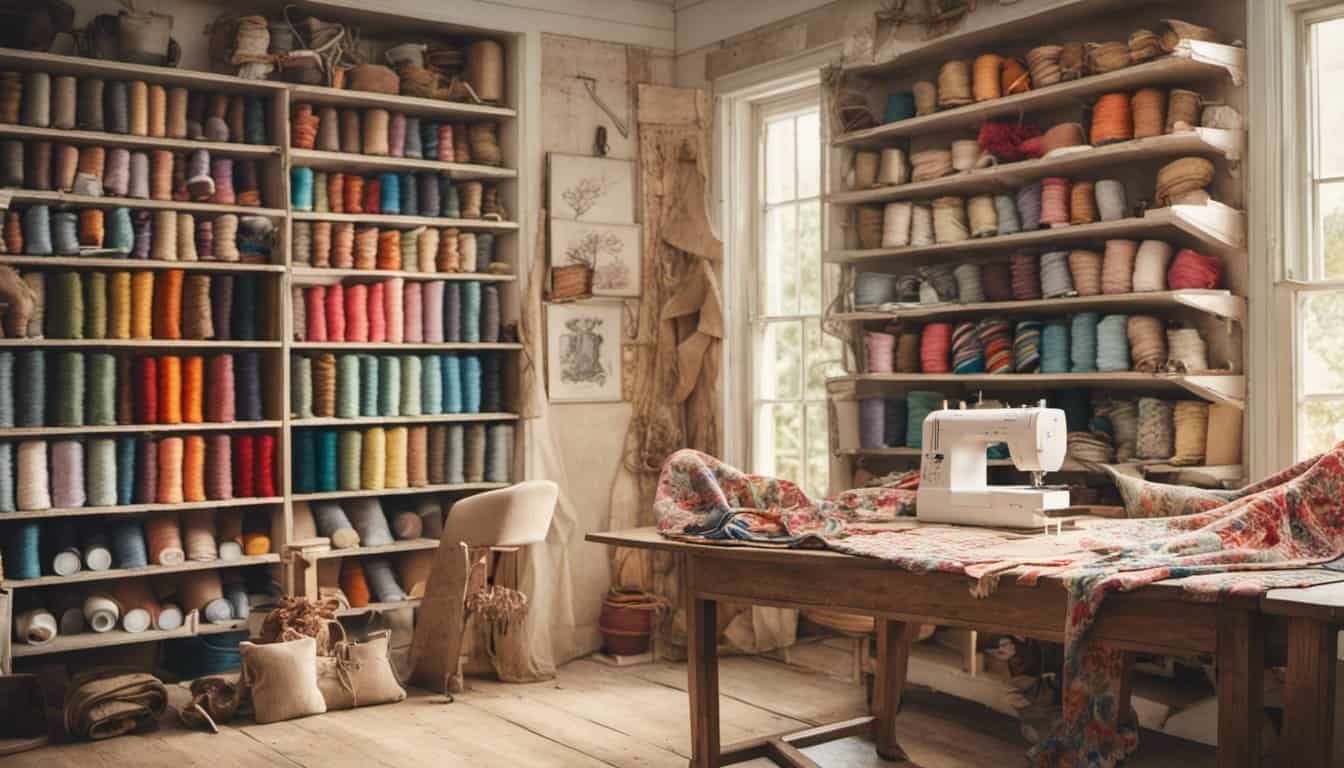
With a sewing machine and a built-in serger, the creative possibilities are endless. You can experiment with different stitch techniques, such as rolled hems, flatlocking, and gathering, to add texture and interest to your garments and projects. Whether you’re sewing clothes, home decor items, or accessories, having a serger function on your sewing machine will elevate the overall quality and appearance of your work.
Conclusion
Adding a serger to your sewing machine collection can take your sewing projects to the next level. While a sewing machine is versatile on its own, a serger offers strong and neat finishes, saving you time and providing endless creative possibilities. Some sewing machines have serger-like functions, known as combo machines or sewing machines with an overlock stitch function, which can achieve similar results to a dedicated serger. Whether you choose a sewing machine with an overlock stitch function or invest in a dedicated serger, you’ll have the ability to create professional finishes and clean seams. Additionally, this article discussed different types of sewing machines available in the market, each with its own unique features and capabilities. Sewing machines with built-in sergers offer versatility, convenience, and endless creative possibilities. So, whether you’re a beginner or an experienced sewer, consider adding a serger to your sewing machine collection and unlock a whole new level of sewing expertise. Happy sewing!




